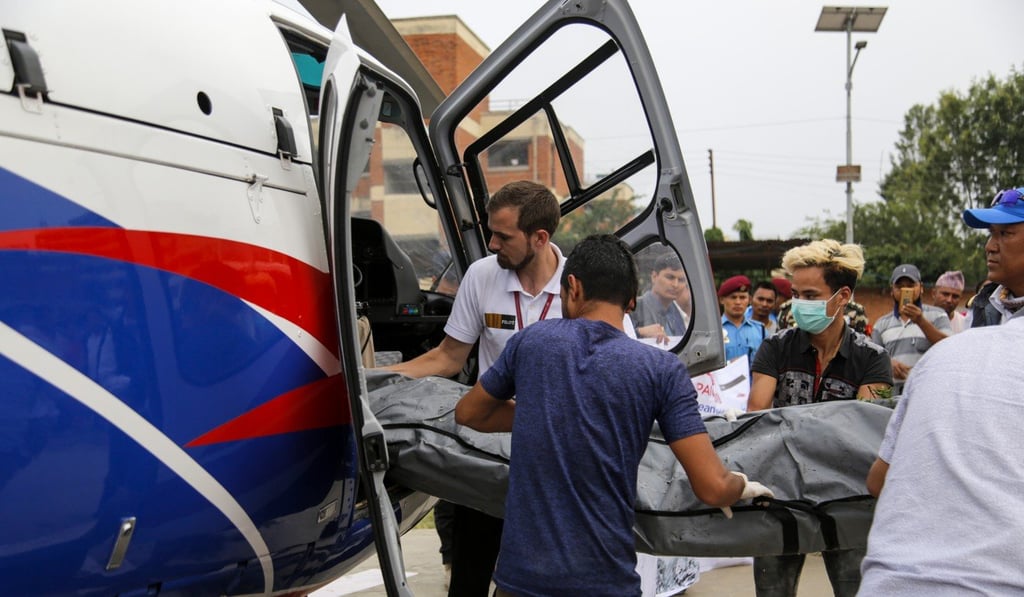Climbing Everest: an expensive way to live and die
- Climbers who have paid up to US$45,000 to summit Everest are often determined to succeed or die trying.
- When they fail, it can cost even more to retrieve their bodies

On May 17, he fulfilled that ambition, making it to the top of the 8,848-metre peak, but the gruelling four-day ascent had taken its toll. While resting for the night at Camp IV, a pit stop at 7,920 metres with little oxygen and sub-zero temperatures, Thakur died in his sleep. His was among the 11 lives claimed by Everest this year.
There is no standard protocol when people die on the mountain. Rescue and retrieval operations are as risky as they are expensive, costing between US$20,000 and US$70,000. Many climbers thus prefer to be “committed” to Everest. Since Thakur had expressed no such desire to his family, they wanted his body back.
On May 20, a team of six Sherpas trekked from base camp, at 5,335 metres, to Camp IV despite the hostile weather that had forced the government to issue a temporary advisory against summiting. Within 48 hours, they had returned with Thakur’s body. A helicopter then carried it to his family, who had been waiting at the Nepalese capital of Kathmandu. The entire operation cost nearly US$44,000.
Nearly 300 people have died climbing Everest. Many lie frozen en route to the summit, but, in recent years, climate change has started exposing more corpses. Climbers’ families are also increasingly insistent upon getting their kin back. A few trekking groups have thus started offering services to take corpses down from the mountain.

